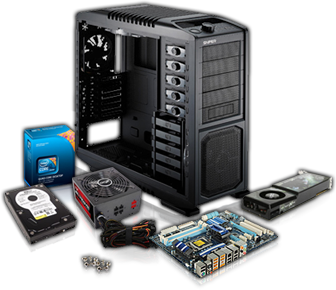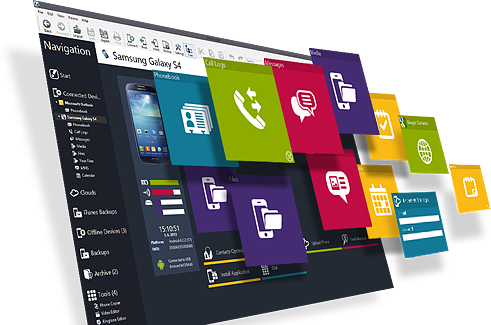-:What is Hardware:-
 Computer hardware is the collection of physical components that constitute a computer system. Computer hardware is the physical parts or components of a computer, such as monitor, keyboard, computer data storage, graphic card, sound card, motherboard, and so on, all of which are tangible objects. By contrast, software is instructions that can be stored and run by hardware.
Computer hardware is the collection of physical components that constitute a computer system. Computer hardware is the physical parts or components of a computer, such as monitor, keyboard, computer data storage, graphic card, sound card, motherboard, and so on, all of which are tangible objects. By contrast, software is instructions that can be stored and run by hardware.
Hardware is directed by the software to execute any command or instruction. A combination of hardware and software forms a usable computing system.
-:What is Software:-
 Computer software, or simply software, is that part of a computer system that consists of data or computer instructions, in contrast to the physical hardware from which the system is built. In computer science and software engineering, computer software is all information processed by computer systems, programs and data. Computer software includes computer programs, libraries and related non-executable data, such as online documentation or digital media. Computer hardware and software require each other and neither can be realistically used on its own.
Computer software, or simply software, is that part of a computer system that consists of data or computer instructions, in contrast to the physical hardware from which the system is built. In computer science and software engineering, computer software is all information processed by computer systems, programs and data. Computer software includes computer programs, libraries and related non-executable data, such as online documentation or digital media. Computer hardware and software require each other and neither can be realistically used on its own.
At the lowest level, executable code consists of machine language instructions specific to an individual processor,typically a central processing unit (CPU). A machine language consists of groups of binary values signifying processor instructions that change the state of the computer from its preceding state. For example, an instruction may change the value stored in a particular storage location in the computer—an effect that is not directly observable to the user. An instruction may also (indirectly) cause something to appear on a display of the computer system-a state change which should be visible to the user. The processor carries out the instructions in the order they are provided, unless it is instructed to "jump" to a different instruction, or is interrupted (by now multi-core processors are dominant, where each core can run instructions in order; then, however, each application software runs only on one core by default, but some software has been made to run on many).
The majority of software is written in high-level programming languages that are easier and more efficient for programmers, meaning closer to a natural language. High-level languages are translated into machine language using a compiler or an interpreter or a combination of the two. Software may also be written in a low-level assembly language, essentially, a vaguely mnemonic representation of a machine language using a natural language alphabet, which is translated into machine language using an assembler.
-:Difference Between Hardware and Software:-
- Hardware
- Physical parts of the computer are called hardware.
- You can touch, see and feel hardware.
- Hardware is constructed using physical materials or components.
- Computer is hardware, which operates under the control of a software.
- If hardware is damaged, it is replaced with new one.
- Hardware is not affected by computer viruses.
- Hardware cannot be transferred from one place to another electronically through network.
- User cannot make new duplicate copies of the hardware.
- Software
- A set of instructions given to the computer is called software.
- You cannot touch and feel software.
- Software is developed by writing instructions in programming language.
- The operations of computer are controlled through software.
- If software is damaged or corrupted, its backup copy can be reinstalled.
- Software can be affected by computer viruses.
- Software can be transferred from one lace to another electronically through network.
- User can make many new duplicate copies of the software.
-:Hardware Studies:-
In this part we will know functions and definations of different hardware components.
Mother Board
SMPS
-:Related Articles:-
Full Form Directory
Checking SMPS Working or Not
How to Creat a Bootable USB Drive?